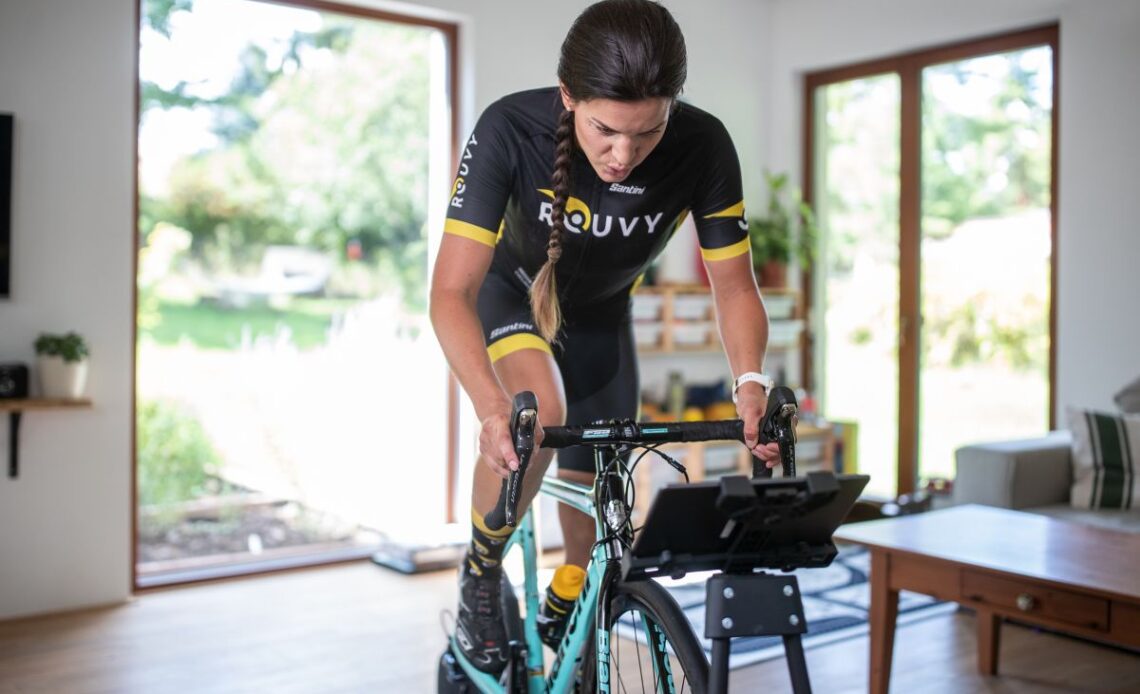Women cycling was revolutionary when the bicycle was first invented, changing the way they dressed, giving them more independence, and doing “more to emancipate [them] than any one thing in the world,” as the American civil rights activist Susan B Anthony said in 1896.
But today, considerably fewer women cycle than men. In the UK, for example, men on average (opens in new tab), cycle two-and-a-half times more trips and four times as far as women.
In those intervening 100 years, it seems, barriers upon barriers have been laid down, preventing many women from taking up cycling. The most notable of these, as simple as it sounds, is a lack of cycling infrastructure and safe roads.
Six out of 10 women said they don’t feel confident riding their bike on the road, according to British Cycling (opens in new tab), and this pattern is reflected worldwide except in countries where there are separate cycling lanes (opens in new tab), such as the Netherlands, Germany and Denmark, women cycle as often as men.
Local councils in the UK are drawing inspiration from this model, creating their own segregated routes to encourage more people to cycle. In Birmingham, two flagship routes are now in operation with the aim of realizing a network of segregated routes and infrastructure, Councillor Liz Clements – the city’s Cabinet Member for Transport – explains.
“That’s obviously a big project, it will take us a long time, but that’s where we need to get to,” she says.
It is these new routes which have made the biggest difference in Clements’ own confidence as she cycles around the city.
“Until my early 30s, I cycled a lot,” she recalls, “and then I moved to Birmingham, and at that point, I did lose my confidence because some of the journeys I was trying to do on the main road were scary, there’s no other word for it.”
Women are underrepresented in the transport sector, making up 21% of workers despite accounting for 47% of the workforce in the UK, perhaps accounting for some of the gender bias in transport policymaking.
For disabled women, a lack of infrastructure only accentuates these difficulties, as barriers on paths can prevent them from accessing the bike routes.
“These access controls were put in to deter antisocial motorcycle use,” says Harrie Larrington-Spencer, a research fellow at the Active Travel Academy and inclusive cycling campaigner. “They fail to do this but do prevent legitimate users like myself from using nonstandard…
Click Here to Read the Full Original Article at CyclingNews RSS Feed…

